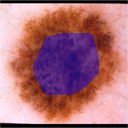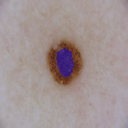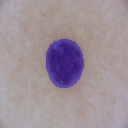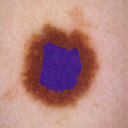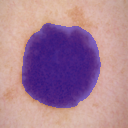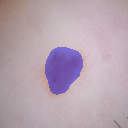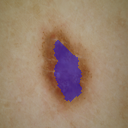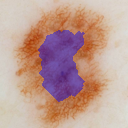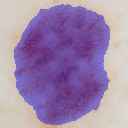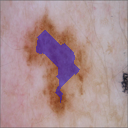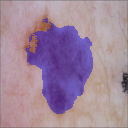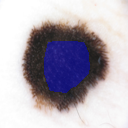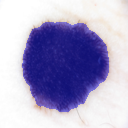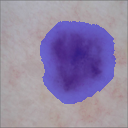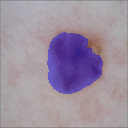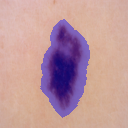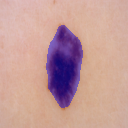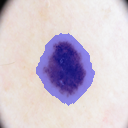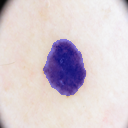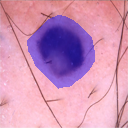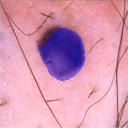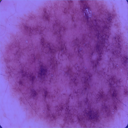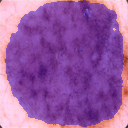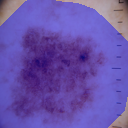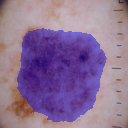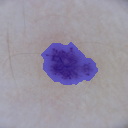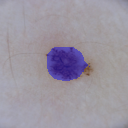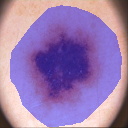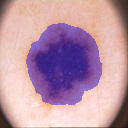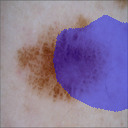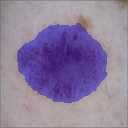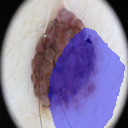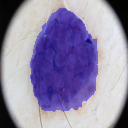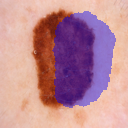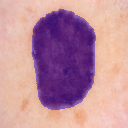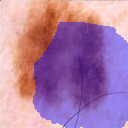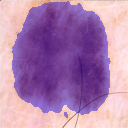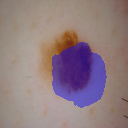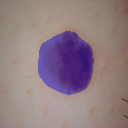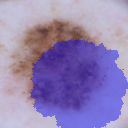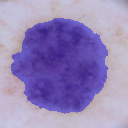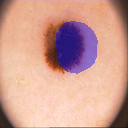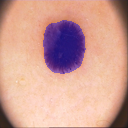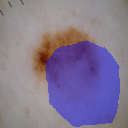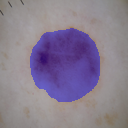Robust Segmentation on ISIC
To assess the model's robustness to low annotation quality, we introduced artificial mask noise due to the absence of real noisy and clean segmentation benchmarks. This simulated challenges such as annotator fatigue and difficulties in annotating certain images. The columns show the initial noisy annotation and the T-Loss outputs. The masks are overlay with the original image for better comparison.
Erode Masks
We applied erosion, a morphological transformation that shrinks the annotated region, to introduce noise by reducing the size of the annotated area. This simulates incomplete or imprecise annotations where the annotator might miss parts of the object being segmented.
Dilated Masks
In addition to erosion, we used dilation to enlarge the annotated area, introducing noise that expands the annotated region beyond its actual boundaries. This represents situations where the annotator inadvertently includes extra background or surrounding areas, resulting in overestimated or inaccurate annotations.
Affine Masks
We applied affine transformations, including rotation, scaling, shearing, and translation, to displace the annotated region from its original position. This noise emulates spatial errors or misalignments made by the annotator while marking the object, resulting in shifted or misregistered annotations.
Dynamic tolerance to noise
Our proposed T-Loss, incorporates a single parameter that dynamically adjusts to the noise level present in the dataset. This unique feature allows the model to adapt and account for varying levels of noise during the training process. On the right we show that the parameter dynamically adjusts annotation noise tolerance in the early stages of training, independently of its initial value. As the training advances, it clearly converges to a stable solution, with initializations far from this solution only mildly prolonging the time needed for convergence.
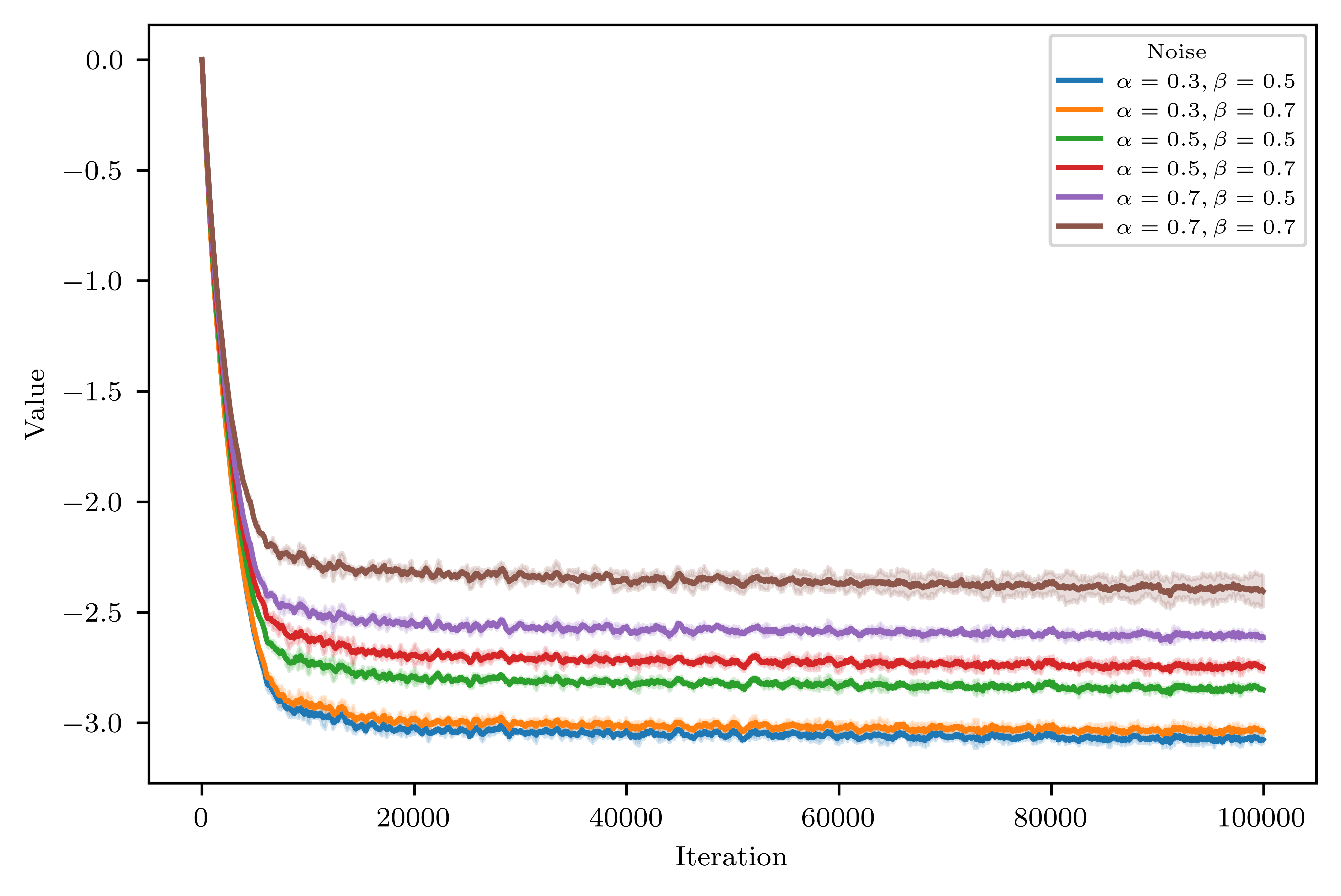

BibTeX
@incollection{gonzalezjimenezRobustTLoss2023,
title = {Robust T-Loss for Medical Image Segmentation},
author = {Gonzalez-Jimenez, Alvaro and Lionetti, Simone and Gottfrois, Philippe and Gröger, Fabian and Pouly, Marc and Navarini, Alexander},
journal = {Medical {{Image Computing}} and {{Computer Assisted Intervention}} – {{MICCAI}} 2023},
publisher = {{Springer International Publishing}},
year = {2023},
}